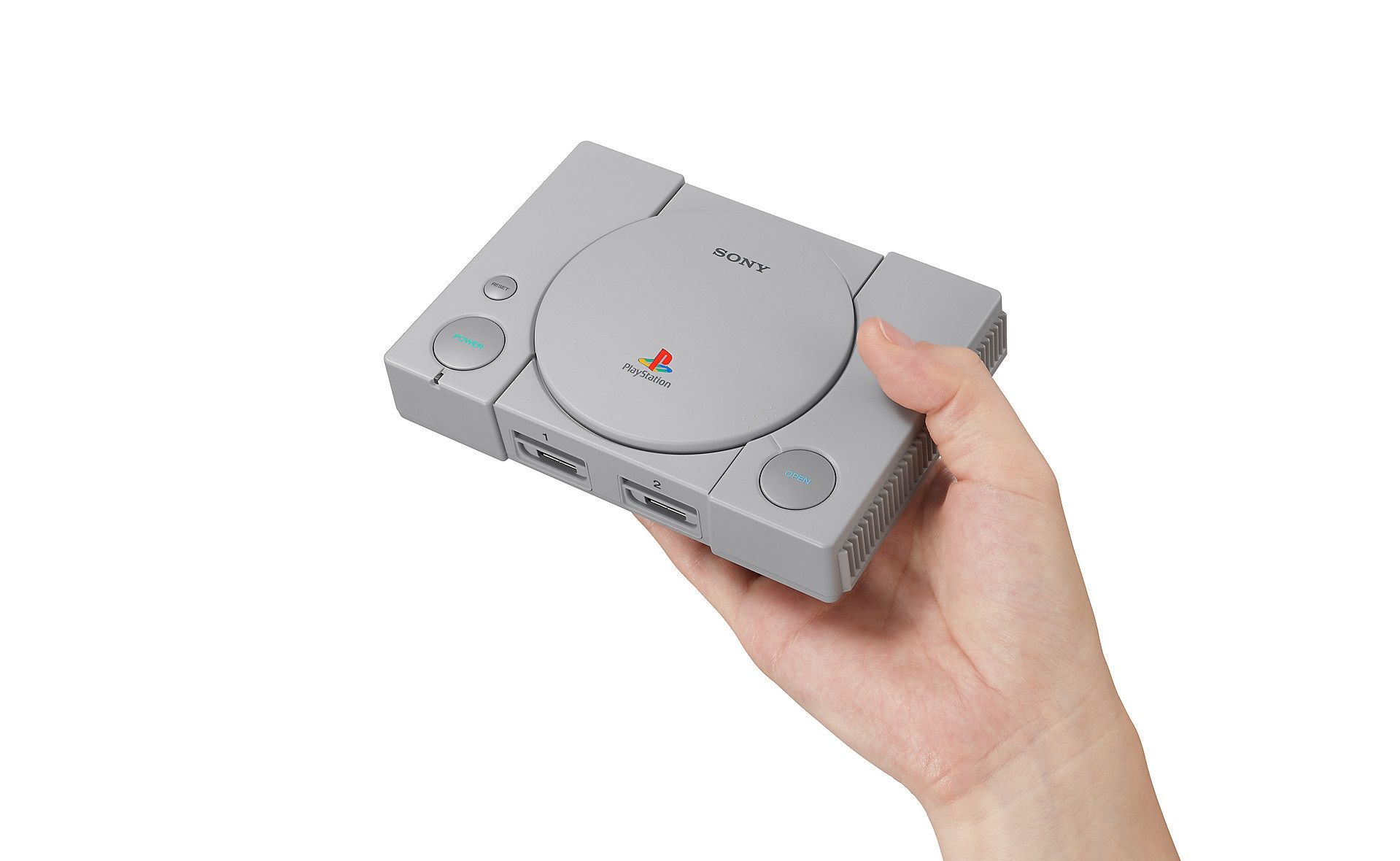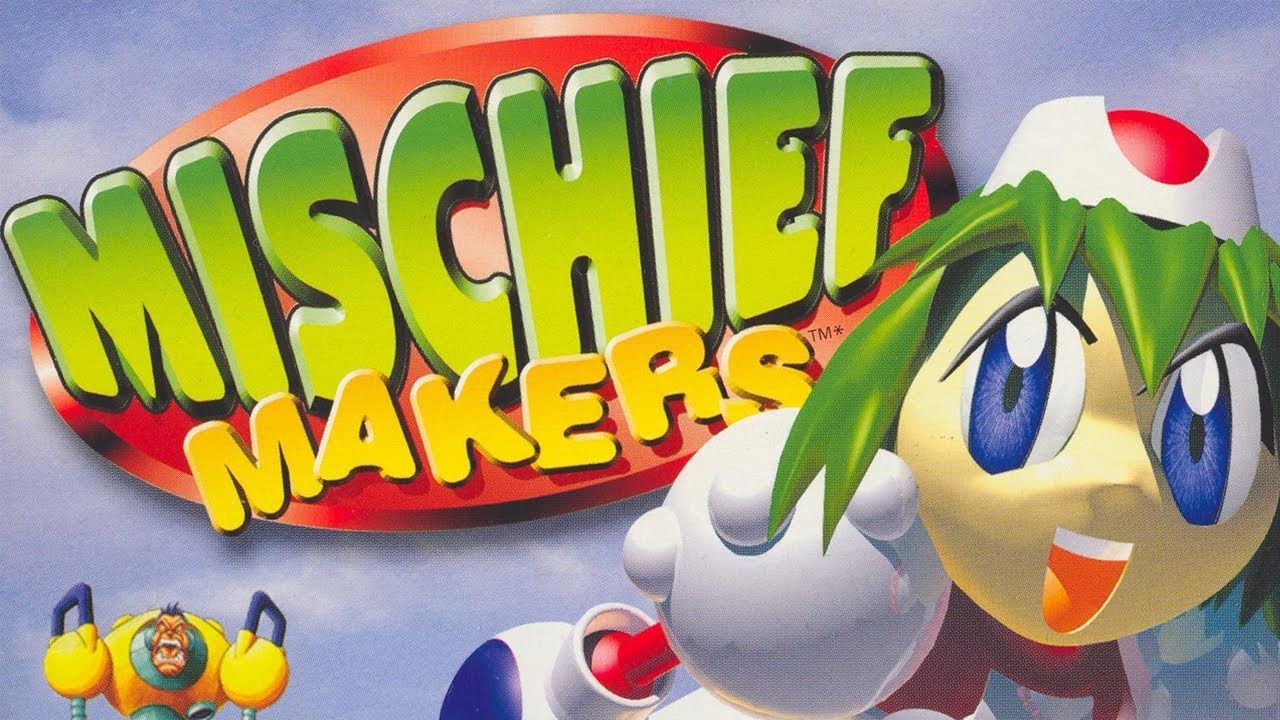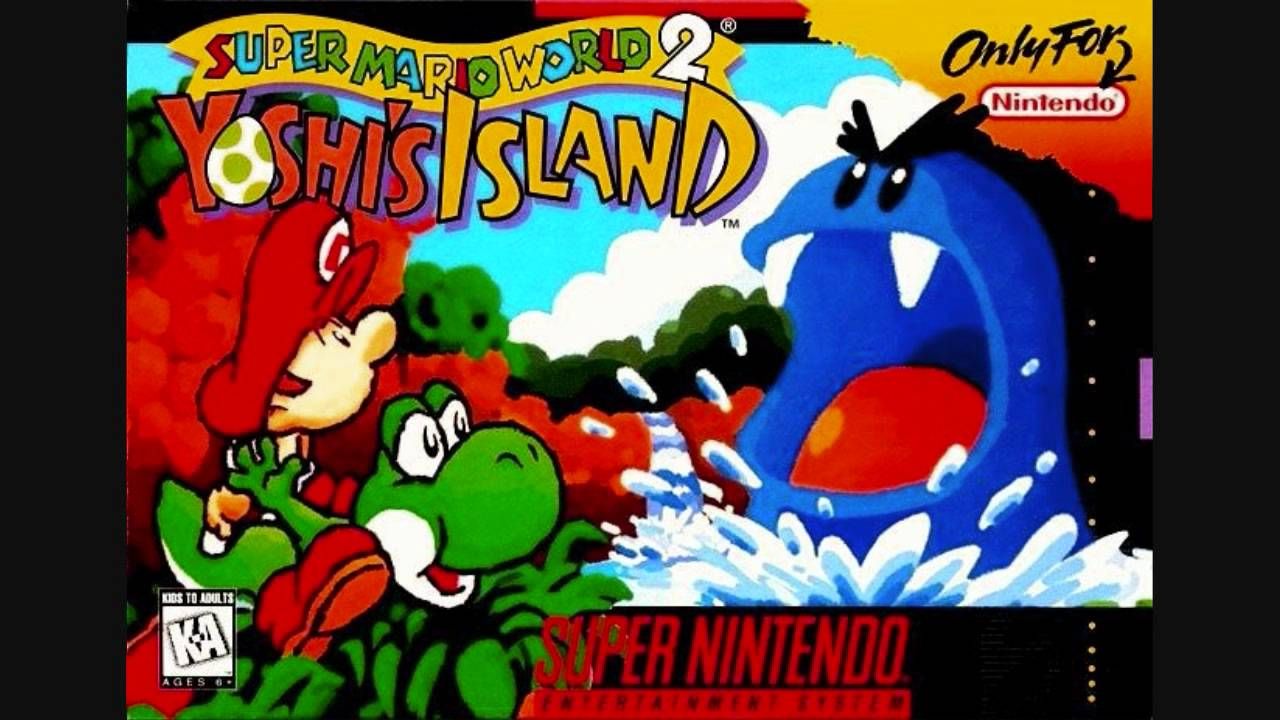Welcome to the nostalgia loop; a hellish, real-life version of GameMasterAnthony's birthday party where we celebrate things solely because we remember them. Like Steven Spielberg's adaptation of Ready Player One, the last two years have revived every imaginable piece of classic gaming hardware and shoe-horned them back into the present. Whether or not we want to experience those original PlayStation games without the DualShock controller doesn't matter-- they're here and people are going to buy them.
Video game manufacturers have learned from Don Draper that nostalgia isn't the wheel, it's the carousel. The end result of this is a market filled to the brim with aged nostalgic novelties, a treasure trove of small boxes to fit under your television and relive any part of the past. Your past experiences are no longer cherished memories: they're commodities, and they'll be sold to the highest bidder.
It's not just the PlayStation Classic, either. The whole gang is here: NES Classic, SNES Classic, C64 Mini, SEGA Genesis Flashback, Atari Flashback, NEOGEO Mini, Mega Drive Mini, and more. Of course, that laundry list doesn't include the Atari VCS (Atari's latest attempt to rebrand itself) nor does it include the Intellivision Amico, Tommy Tallarico's attempt to bring the Intellivision brand back into the console market. By all accounts, the creators of these nostalgic set-pieces have looked into the future by channeling the past.
In a sense, it feels that every attempt to bring classic games back into the cultural marketplace is some bizarre, masochistic penance for the way that older games were treated in the late 1990s and early 2000s. After all: as soon as the N64 and PlayStation were able to bring three-dimensional games into consumer’s homes, the combined critical and cultural milieu of the era soured on the previous generation of pixel-art, two-dimensional games.
While allegations that Sony Computer Entertainment America (SCEA) had a secret anti-2D bias are often overwrought and exaggerated, it’s no secret that there was a quiet consensus that 2D games were seen a vestigial part of the entire video game medium. According to some twenty-one-year-old reporting from IGN, SCEA originally refused to release Mega Man X4 on the PlayStation, with rumors speculating that SCEA disliked the game’s 2D nature. These assertions are echoed in a fourteen-year-old interview with Spong when (then) SNK Director Yoshihito Koyama stated, “Sony just isn’t interested in 2D games anymore – whatever it might be…and yet many games, as long as they are in 3D, trickle through all the time.”
Of course, monolithic publishers like Sony and Nintendo weren’t the only ones to view two-dimensional games like soon-to-be-forgotten relics. Gamers themselves and those in the critical sphere often talked about classic-style, 2D games like they were some holdover from a forgotten era. When reviewing 1997’s Mischief Makers, the first 2D release on the Nintendo 64, IGN’s Matt Casamassina wrote, “2D fans find a lot to like, but most people will want to rent this game only,” and, “The 2D graphics are fast and colorful, but look dated most of the time.” In fact, Casamassina uses the term “2D” eight times in his less-than six-hundred-word review and also stops to call the Nintendo 64 “king of 3D game machines.” While Casamassina (rightfully) never knocks Mischief Makers for being 2D, he still writes about the game like it’s a something of an oddity, the same way that a modern critic might write about a silent movie.
[pullquote]"Those in the critical sphere often talked about classic-style, 2D games like they were some holdover from a forgotten era."[/pullquote]
That being said, not every critic was as diplomatic as Casamassina. While Casamassina’s review of Mischief Makers was able to parse through the game’s art style, other reviewers found less to enjoy about classic, 2D graphics. IGN’s review of 1998’s Skullmonkeys (written by Adam Douglas) claims that developers making games in 2D were simply “lazy,” writing:
“Now it's the late '90s (man, time goes fast) and we're squarely ensconced in 3D games. Yeah, I know there are some of you out there who just love 2D games. ‘Eh, 2D games are better because they focus on gameplay, eh, whine, whine.’ Whatever. My whole deal is if a game is going to be lazy and be 2D, it better have some pretty damn amazing gameplay.”
Later on, in the review, Douglas ponders whether or not Skullmonkeys has “brilliantly amazing gameplay that makes up for the fact that it's 2D” coming to the succinct conclusion, “no.”
In hindsight, the critical impulse to look down upon 2D games in the late 1990s was simultaneously understandable and puzzling. On one hand, a brief glimpse at the freedom and wonder of Super Mario 64 could convince anyone that 3D gaming was the future. Considering the sheer stopping power of Super Mario 64’s presentation and gameplay, it’s entirely understandable that people played that game in 1996 and thought it was the apogee of gaming—a lodestar that would guide all 2D games into a new, polygonal promised land.
However, at the same time, how were folks able to see look at the graphics of Yoshi’s Island on the Super Nintendo and Goldeneye 007 on Nintendo 64 and prefer the latter? It’s important to remember that these art styles coexisted—3D gaming is older than the PlayStation, which was only released a few months after Earthbound came out for the Super Nintendo (in North America). While it’s easy to get pulled into the hype and momentum of emerging technologies, I didn’t go to see Avatar in 2009 and immediately condemn 2D movies. In fact, I walked away from that experience thinking that 3D movies were kind of annoying to watch.
[pullquote]"How were folks able to see look at the graphics of Yoshi’s Island on the Super Nintendo and Goldeneye 007 on Nintendo 64 and prefer the latter?"[/pullquote]
The keyword in all of this is hindsight— while I wouldn’t dare criticize Casamassina or Douglas from the comfort of 2018, that doesn't take away from the fact that the early 3D visuals from a lot of N64 and PlayStation games simply haven't aged well. Of course, this doesn't really matter: the nostalgia wheel will keep turning and eventually (if not already) consumers will have a soft spot for low-resolution textures, blocky polygons, and MIDI soundtracks. Contemporary pixel-art adventures with vintage sensibilities will soon be joined by indie spiritual successors to the era of the N64, PlayStation, and Dreamcast.
Through this, a pressing question remains: if consumers truly love all of these "classics," why did gaming try to exorcize its two-dimensional past as soon as hardware advancements brought 3D gaming to market? Why did critics, publishers, and gamers alike turn their backs on classic games only to romanticize them years later? Gaming, as a medium, has a literal love/hate relationship with its past, as old games are either scoffed at for their inadequacies or romanticized when commodified. It's a terrific balancing act; developers and publishers are constantly channeling the nostalgia of yesteryear while simultaneously pushing the needle forward.
If anything, the launch of the PlayStation Classic should teach us that commodification is not the same as preservation. Fraught with integral emulation errors, an easily accessible debug menu, and a genuinely strange collection of games, the PlayStation Classic makes no attempt to actually, you know, preserve the classics.
Every day we move further down the nostalgia loop, closer to being nostalgic about things that were initially created to palliate someone else's nostalgia. While gaming still has to figure out its looming preservation problem, the solution probably isn't a slew of different set-top novelties.



